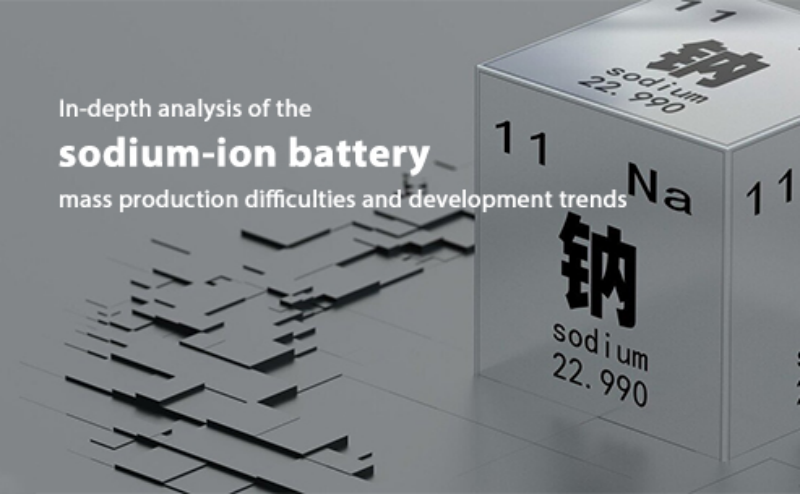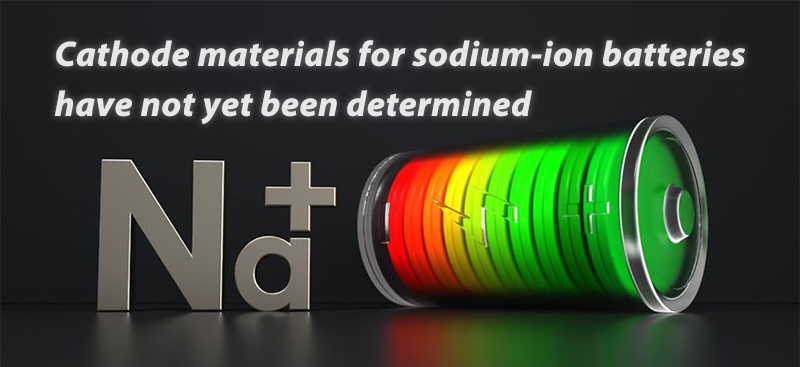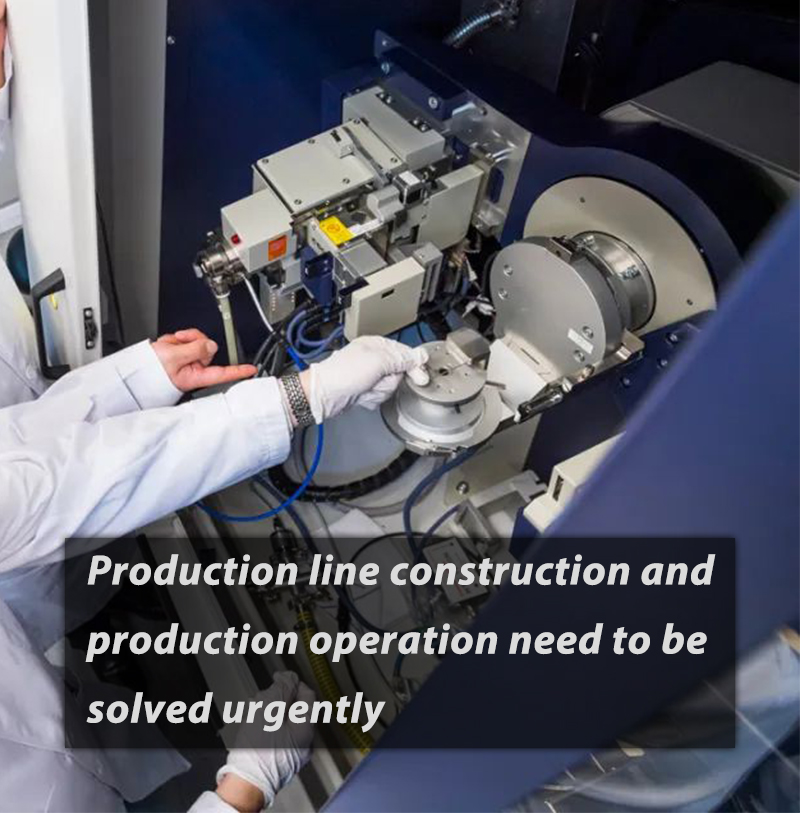
Main content:
- The current difficulties in mass production of sodium-ion batteries
- Cathode materials for sodium-ion batteries have not yet been determined
- Production line construction and production operation need to be solved urgently
- The prospect of sodium-ion battery energy storage applications continues to improve
- Summary
A sodium-ion battery refers to a secondary battery that uses sodium ions as a charge carrier. At present, with the increasing demand for batteries in various fields, scenarios with different energy density requirements are also enriched. In recent years, sodium-ion batteries have also received renewed attention. Due to its strong compatibility with lithium-ion battery production equipment and processes, with the further improvement of the industrial chain, the possibility of industrialization of sodium-ion batteries is gradually increasing. CATL, which ranks first among the Top 10 lithium battery companies, is also actively deploying sodium-ion batteries.
1.The current difficulties in mass production of sodium-ion batteries

① Cathode materials for sodium-ion batteries have not yet been determined
Where is the difficulty in the development and production of sodium-ion batteries? From a technical point of view, the biggest difficulty currently faced by sodium-ion batteries is the choice of cathode materials. Lithium-ion batteries have now determined the nickel-cobalt-manganese/nickel-cobalt-aluminum ternary structure, and the lithium iron phosphate structure. Unlike lithium-ion batteries, sodium-ion batteries are still in the research and development stage. However, the cathode material is the decisive factor affecting the performance indicators such as energy density and cycle life of the battery.
At present, there are more than 100 kinds of cathode materials for sodium-ion batteries, but the three mainstream materials are transition metal oxides, polyanion compounds and Prussian blue (white) compounds. Among them, transition metal oxides are further divided into layered transition metal oxides and tunnel-type transition metal oxides (currently, the tunnel-type transition metal oxide is less concerned in the market). The specific capacity of transition metal oxides is high, but when electrochemical reactions occur, the stability of such cathode materials is poor, and improving the stability is also the biggest research direction for transition metal oxide cathode materials.

Similar to transition metal oxides, Prussian blue (white) compounds also have high specific energy as cathode materials, but may weaken the stability and cyclability of cathode materials during battery cycling. The characteristics of polyanionic compounds are opposite to those of the above two materials, and their electrochemical reaction stability is high, but the specific capacity as a cathode material is low. In theory, layered transition metal oxides are the most promising, and other materials are more difficult to tackle, and the advantage is only that the cost is relatively low. At present, the cathode materials of layered transition metal oxides are not in mass production, and the patents of each subdivided formula are also different, so the price range is large.
Prussian white compounds will generate water during the synthesis process, but it is necessary to ensure that there is no water in the plate during the production of cathodes, otherwise it will seriously threaten the safety of the battery. Therefore, the process of removing water has become a difficulty in the research and development of Prussian white compound cathode materials. Due to the uncertainty of cathode materials, the market application of sodium-ion batteries is still in the key technology research stage. From a practical point of view, the current sodium-ion battery has only a cycle life of 3500-4000 times, which is far from enough for future energy storage applications. If it is to be used in energy storage(such as home energy storage), the cycle life must reach about 10,000 times.
② Production line construction and production operation need to be solved urgently

Another problem that needs to be solved in the mass production of sodium-ion batteries is the construction of production lines and production operations. Although the production line and production technology of sodium-ion batteries can be completely copied from lithium-ion batteries. However, at a time when major power battery manufacturers are stepping up to expand production capacity to meet the needs of the new energy vehicle market, sodium-ion battery companies, especially start-up companies, need to build and operate production lines from scratch, which requires a lot of money. At this time, the R&D capabilities and team background of sodium-ion battery startups may bring financing advantages to enterprises.
2.The prospect of sodium-ion battery energy storage applications continues to improve
The theoretical cost of sodium-ion batteries is lower, the operating temperature is wider, and the performance is more suitable for the energy storage environment. Its capacity retention rate is greater than 88% at -20 °C, which means that sodium-ion batteries can effectively solve the problem of low efficiency of energy storage power stations in alpine regions. At the same time, the current shortage of lithium-ion batteries in the market is also intensifying. For the energy storage market, there are both reasons for the price increase of lithium mines and reasons for capacity allocation.
However, the driving force of sodium-ion batteries is currently more from upstream manufacturers and capital markets, rather than downstream customer demand. Although the application prospect of sodium-ion batteries in the energy storage industry continues to improve, the main application in the electrochemical energy storage market is still lithium iron phosphate batteries. Downstream customers, mainly electrochemical energy storage project operators, have far less positive attitudes towards sodium-ion batteries than upstream companies. Another factor worthy of attention is that lithium-ion batteries have already eliminated battery packs through CTP and CTC technology to reduce battery costs.

This technology can also be applied to energy storage power stations to reduce the construction cost of energy storage systems. Coupled with the mature product system and performance of mature lithium-ion batteries, and the market status of sodium-ion batteries that have not yet been mass-produced, downstream customers seem to have no market motivation to actively choose sodium-ion batteries at this stage. The time for mass production of sodium-ion batteries may be around 5 years, and even mass production within 5 years is a theoretically optimistic estimate. At the same time, due to the uncertainty of cathode materials for sodium-ion batteries, the current experimental production cost is very high, and specific cost information has not yet been obtained.
An industry report once pointed out that the cost of sodium-ion batteries may be 0.5-0.7 RMB/Wh during the promotion period, which is basically the same as that of lithium iron phosphate batteries after the current price increase; the development period may be 0.3-0.5 RMB/Wh; outbreaks The period may be 0.3 RMB/Wh. When the production capacity of sodium-ion batteries reaches the GWh level, the dilution of various expenses will make the cost advantage appear. Due to the high safety weight of electrochemical energy storage devices, the first trial market for sodium-ion batteries is likely not in the field of energy storage, but in scenarios such as electric bicycles, low-speed electric vehicles, and street lamp base stations.
3.Summary
In general, the mass production of sodium-ion batteries is imminent, but the application level, especially in the energy storage industry, is still a goal that requires continuous efforts. Due to the abundant and average reserves of sodium, even after it is fully commercialized, the main competition directions of various sodium-ion battery suppliers are likely to revolve around technology, cost and product performance. When it comes to energy storage, you may want to know about the leaders in the energy storage field. The Top 10 energy storage lithium battery companies on our website will provide you with a comprehensive introduction to the energy storage industry giants.
















